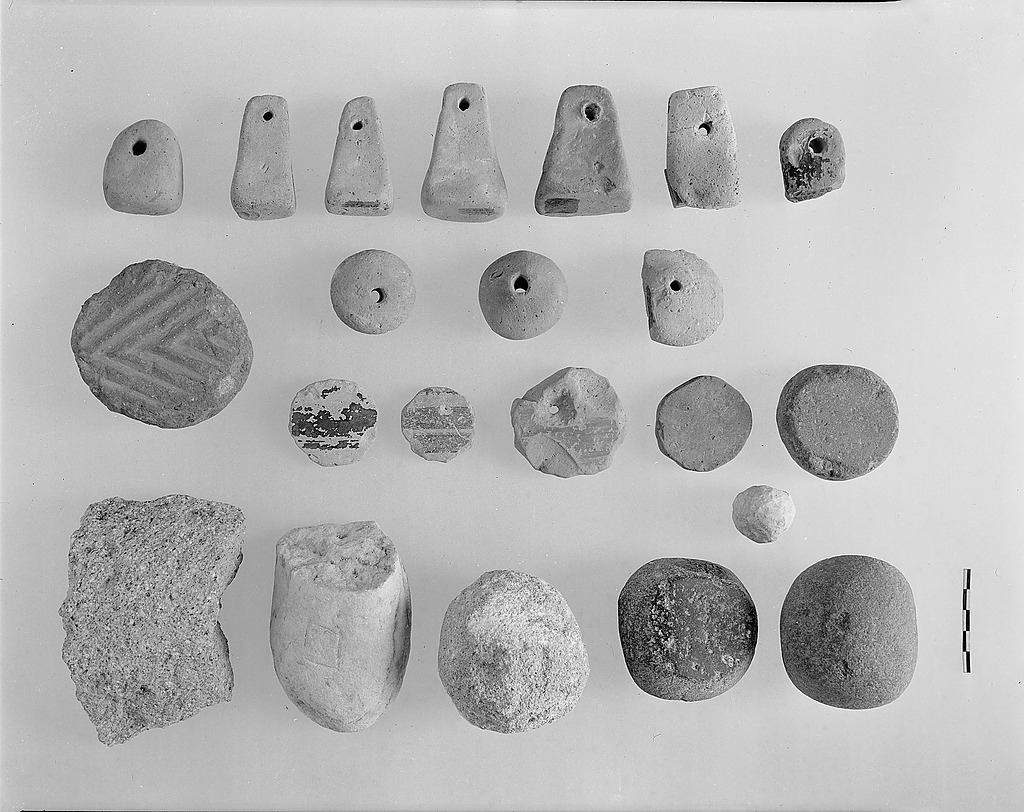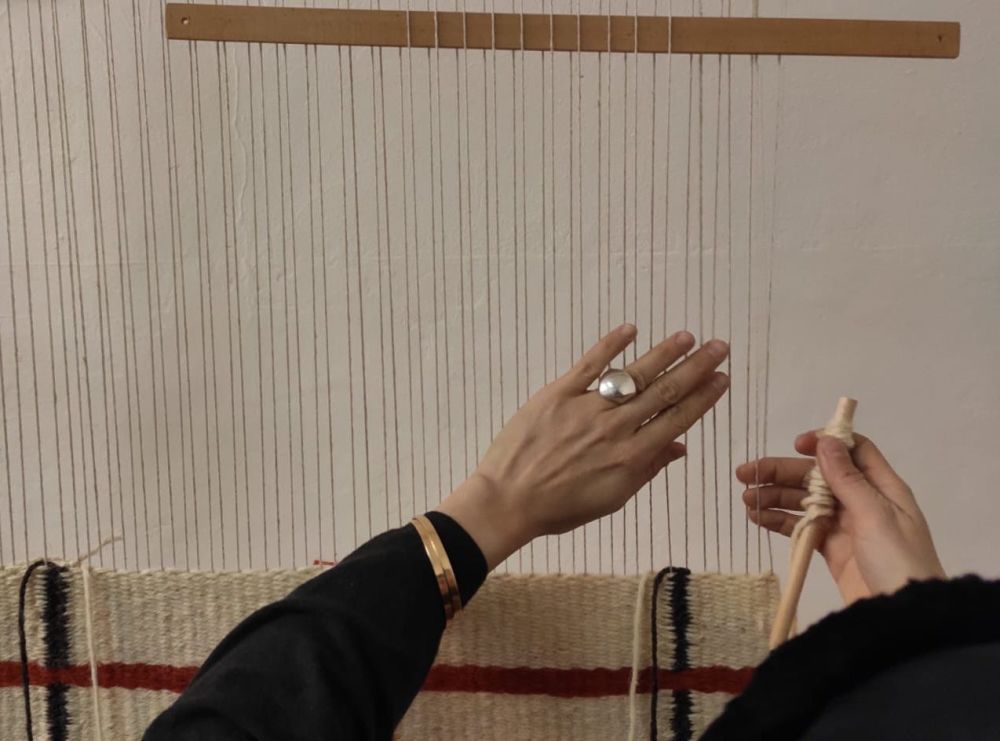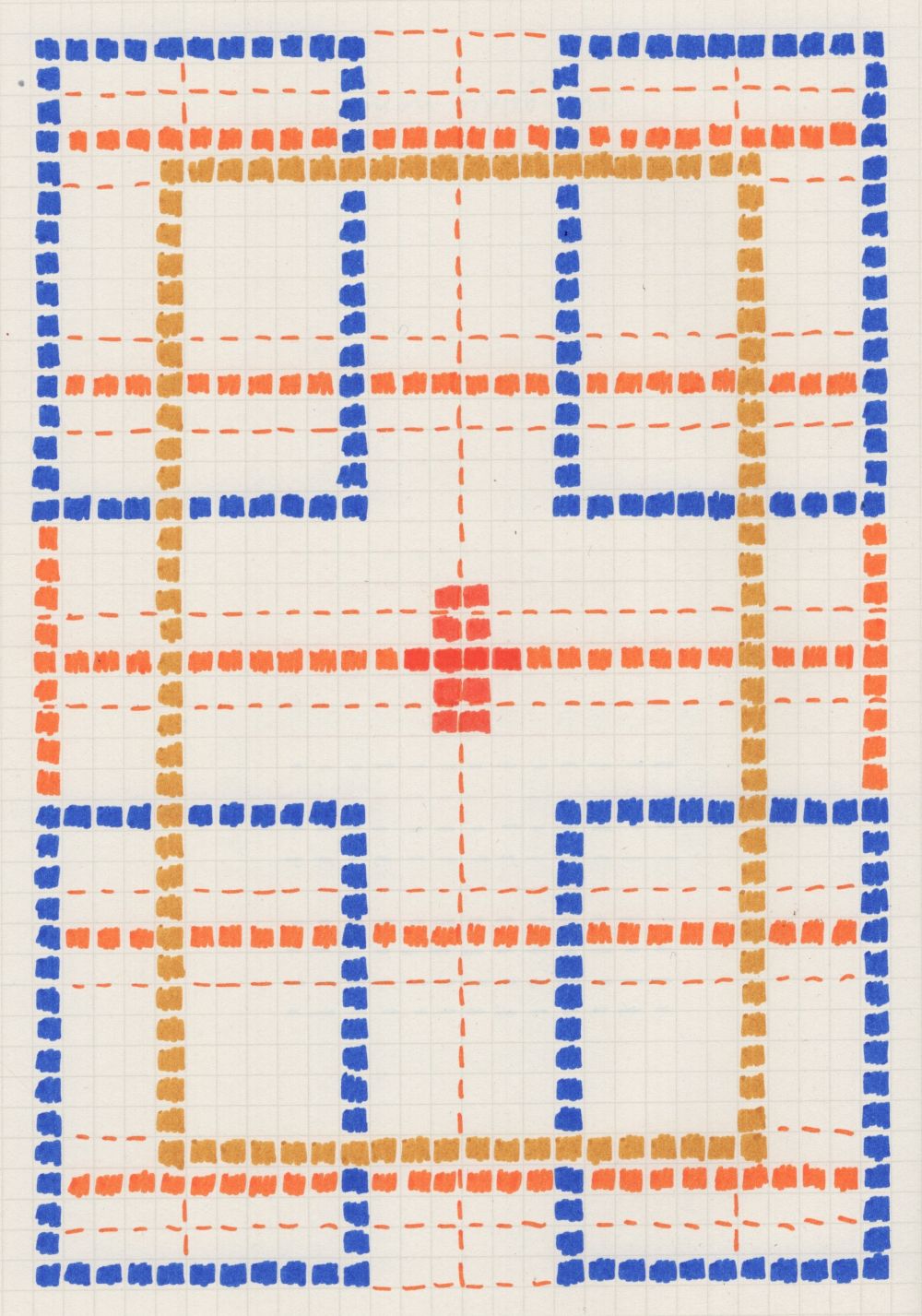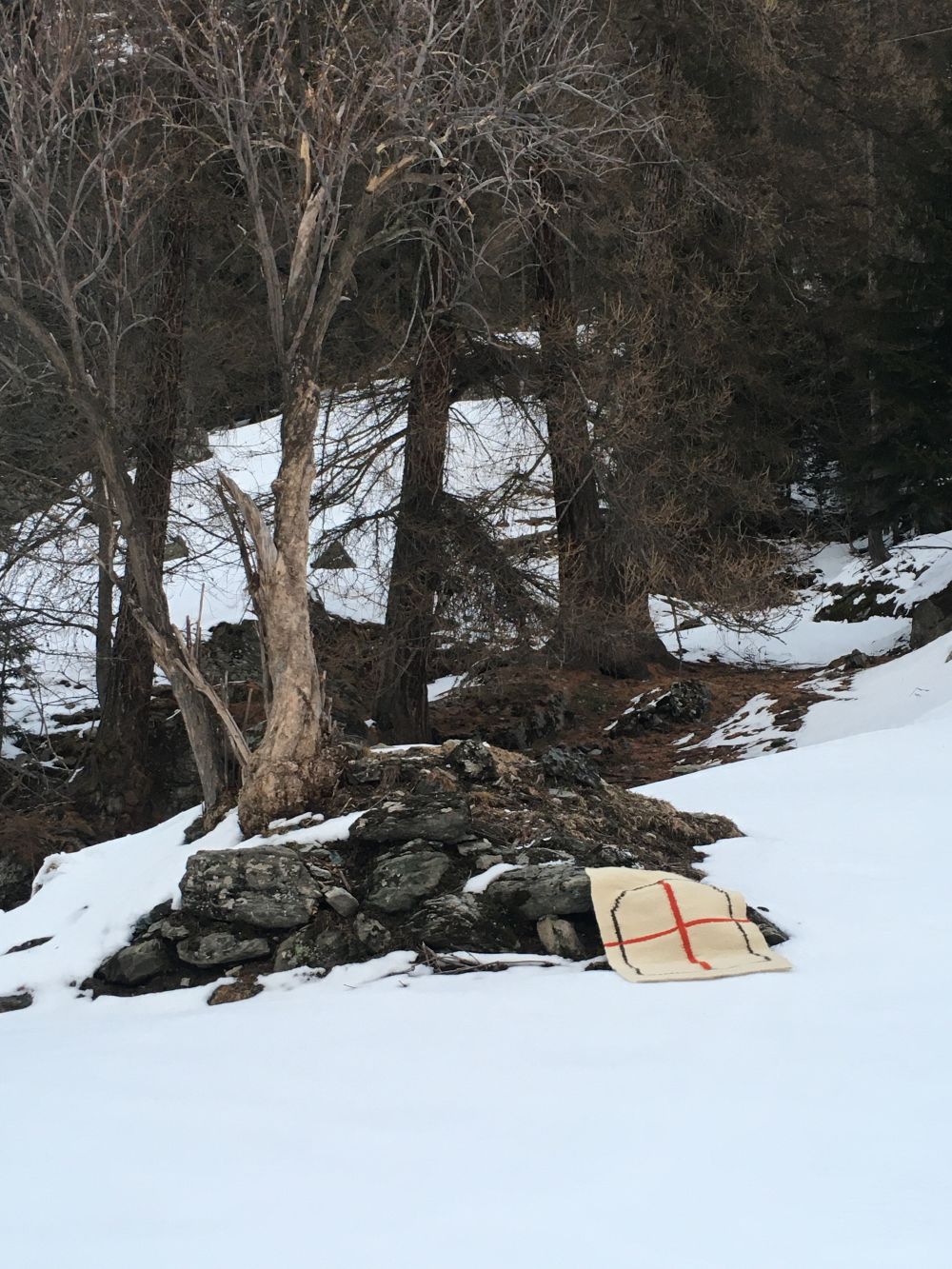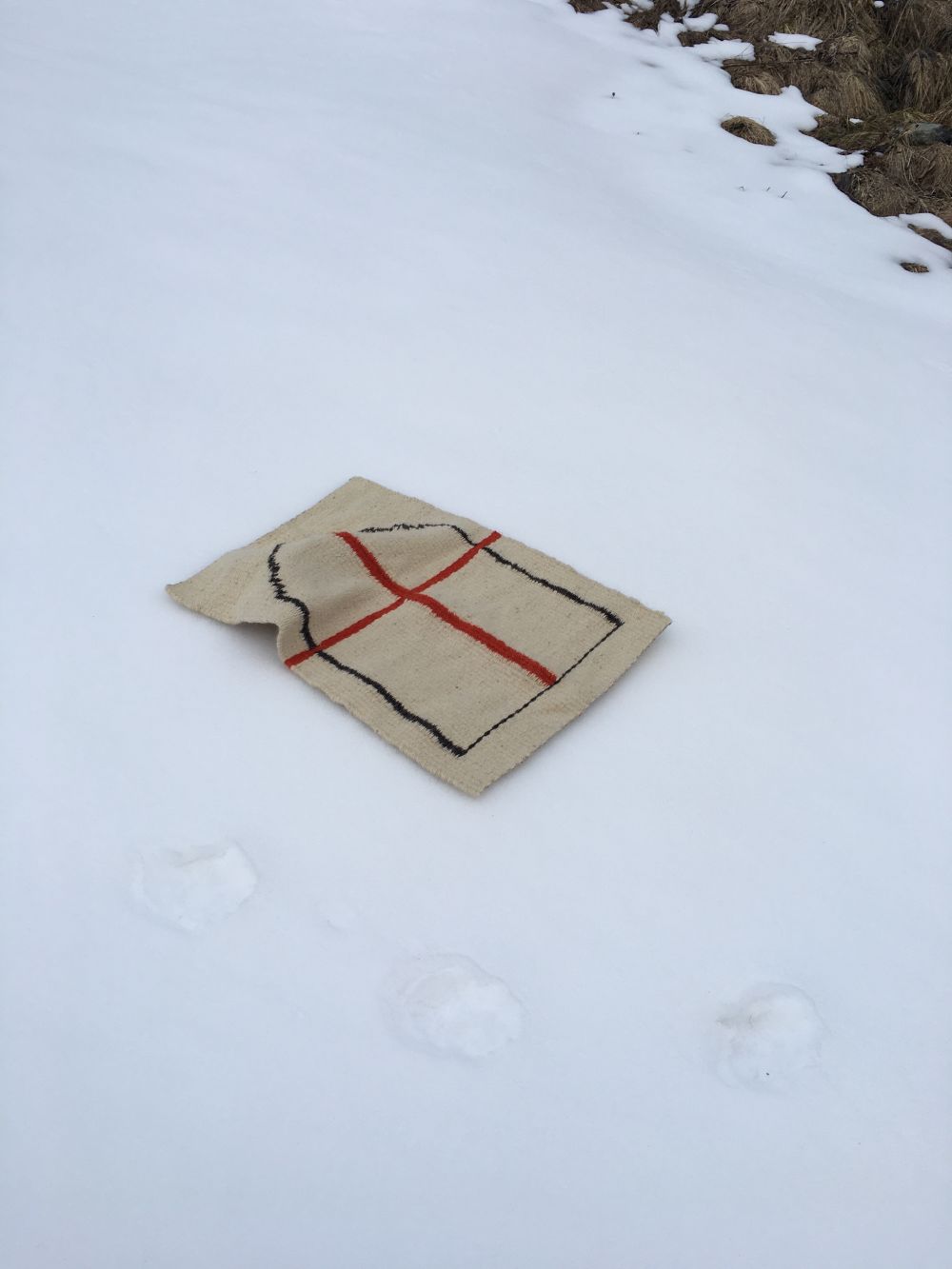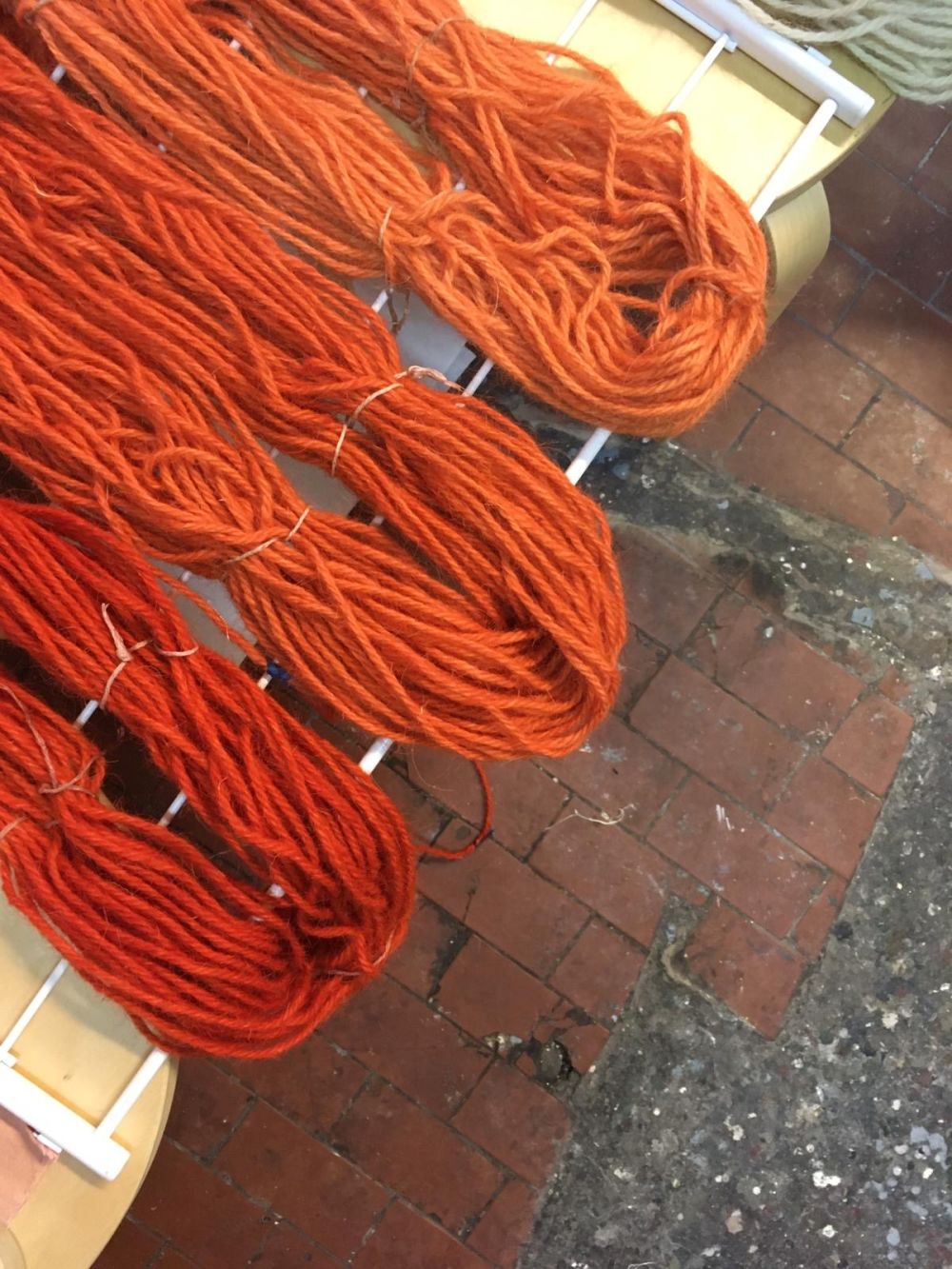Cecilia Ceccherini has been selected as the AER artist in residence at Mahler&LeWitt Studios, Spoleto, Italy
The Mahler&LeWitt Studios are established around the former studios of Anna Mahler and Sol LeWitt in Spoleto, Italy. The residency program provides a focussed and stimulating environment for artists, curators and writers to develop new ways of working in dialogue with peers and the unique cultural heritage of the region.
Set up by Professor Lucy Orta UAL Chair of Art for the Environment - Centre for Sustainable Fashion in 2015, The Art for the Environment International Artist Residency Programme (AER) provides UAL graduates with the exceptional opportunity to apply for short residencies at one of our internationally renowned host institutions, to explore concerns that define the 21st century – biodiversity, environmental sustainability, social economy, and human rights.
Gallery
Read Cecilia Ceccherini's successful residency proposal:
My practice stands at the intersection between design and conceptual art, using different media through which I deal with philosophical, social and political issues. More recently, my work focuses on the textile medium, which is together a pictorial surface, a sculpture and an object of daily use. Through symbolic representations, I aim at raising awareness by revealing the relations that humans entertain with the other living beings in the earthly ecology, as images and colours laying on surfaces of everyday objects carry values and concepts that can trigger processes of social and political transformation. My works are usually performative, as the audience is intended to activate and complete the artwork: in this sense, the installation becomes a space of relation.
My recent projects focus on three main areas: textile, symbols and colours. In 2017 I developed a collective project, postworkhabitat, which resulted in a performance and an installation aimed at stimulating a reflection upon the future of work and on the relation between human work and automation. Here textile is used as an object that hosts bodies as well as a carrier of meanings. In 2018 I applied for an MA in Textile Design at Chelsea College of Arts to study the techniques of weaving and to explore the relation between textiles and the environment. My graduation work consisted of a hand-woven carpet and three digitally-embroidered pieces which constructed a space of encounter between humans and nonhumans. In 2019, my project Deep Dream won the BEDifferent contest launched by Lenzing by proposing a bed linen set which evokes the relation between humankind and the subterranean through archeological imagery.
Over 2019, as the more and more evident effects of climatic instability triggered popular demonstrations and the debate around the Anthropocene gained public attention, I started questioning how art and design can be seen as tools to develop a deeper understanding of the current environmental crisis and prefigure meaningful alternatives. From these facts I drew up the research questions that stimulated and drove my artistic practice:
How can we change our relation with materials, resources and ways of production? How can new concepts of relation and interconnectedness be the starting point for a radical change?
By exploring weaving as a ritualistic practice I developed my research in two intertwined paths. Firstly, I investigated materials and techniques, focusing on how to slow down already existing production models. Following the Navajo way I built a vertical loom to make tapestries and rugs, in order to go back to an ancestral dimension where the relation between humans and materials is mediated by slow technologies and where humans entertain a deeper relation with earthly resources. I then researched about natural dyes and practiced dyeing in order to learn how to change the color of yarns while minimizing its toxic impact on the environment. Secondly, I focused on the production of a handwoven carpet: inspired by the doors woven on Islamic prayer rugs, I started imagining these artefacts as symbolic portals that can reconnect the body with the earth.
For this residency at Mahler&LeWitt Studios I propose to continue along the lines of this research. My proposal is to craft a rug being inspired by the surrounding landscape in Spoleto and by its symbolic historical buildings. Here I plan to deepen my studio practice, marked by a particular interest in natural dyeing and weaving. Moving around Umbria from Spoleto towards nearby cities, I could deepen my knowledge on natural dyeing, speaking with experts and learning from local artisans. Since 2017, for example, Umbria hosts FICOPROARG, a project with the explicit aim of regenerating ancient tinctorial plants used to dye wool. I will explore also other objects that refer to the history and practice of weaving. For example I am intrigued by warp weighted looms, small ceramic weights and bobbins or bone weaving combs used in prehistoric times. For the production of these objects I plan to use the ceramic workshops available in the residency. With respect to weaving the rug, I mean to collaborate with textiles workshops around Spoleto such as that of Giuditta Brozzetti, with the possibility to learn Umbrian weaving techniques and include them in my project.
